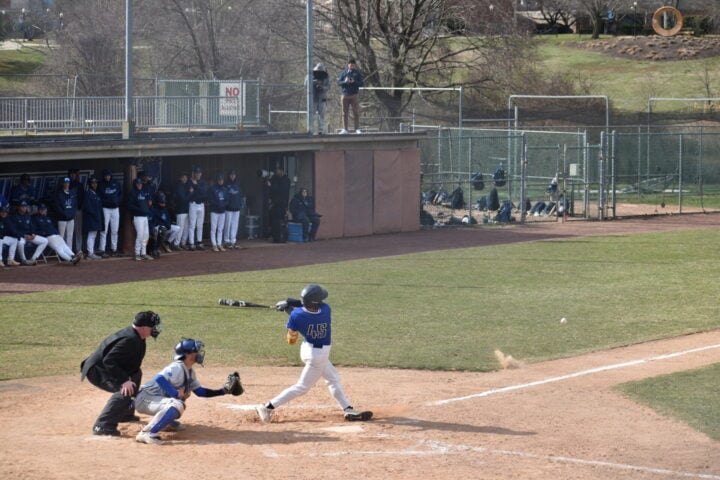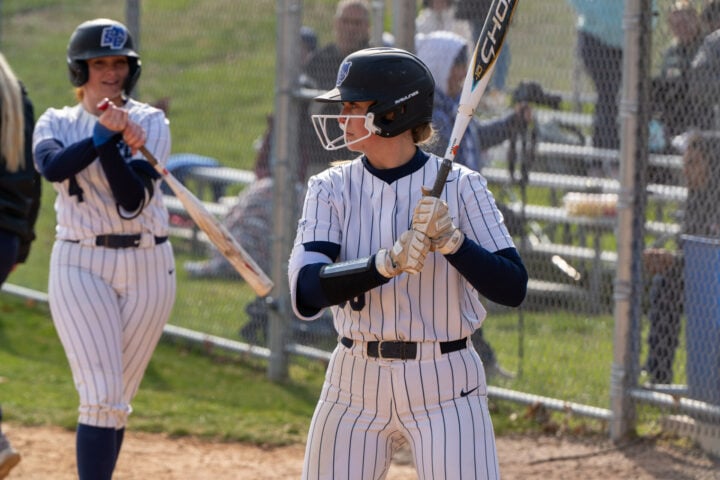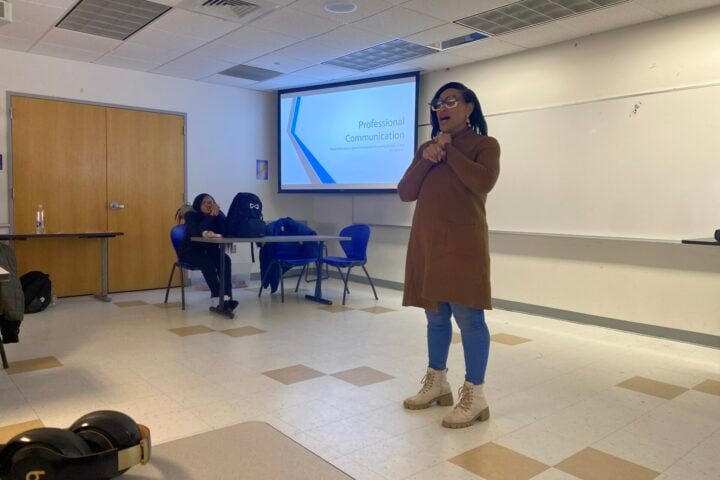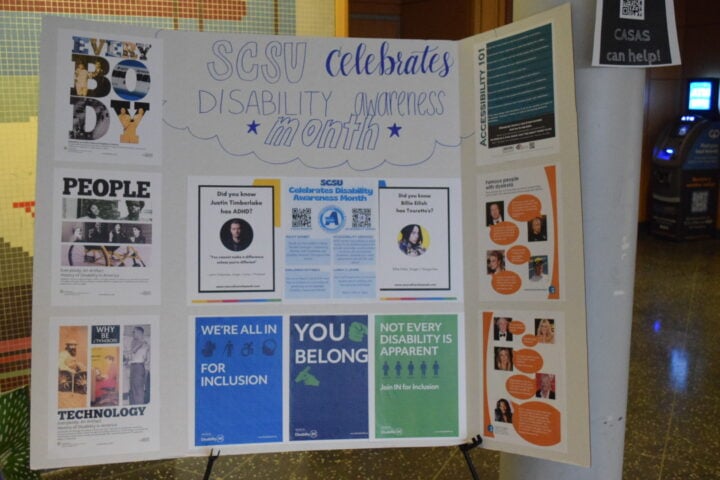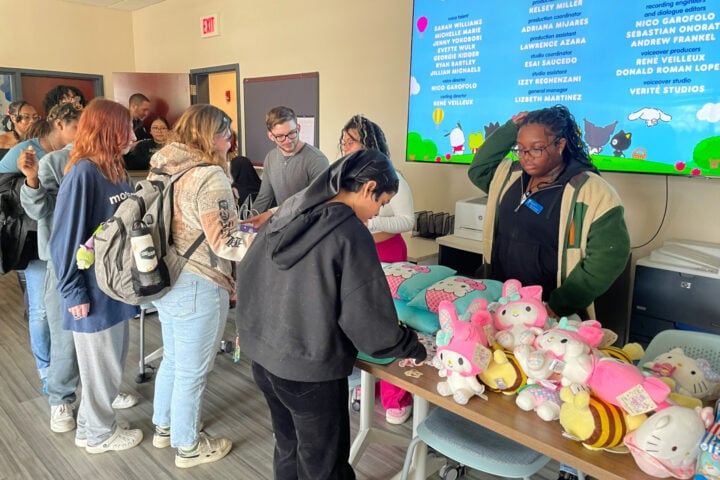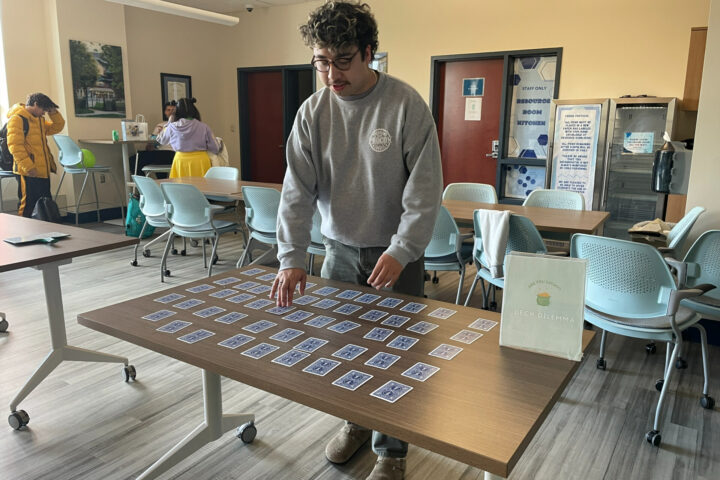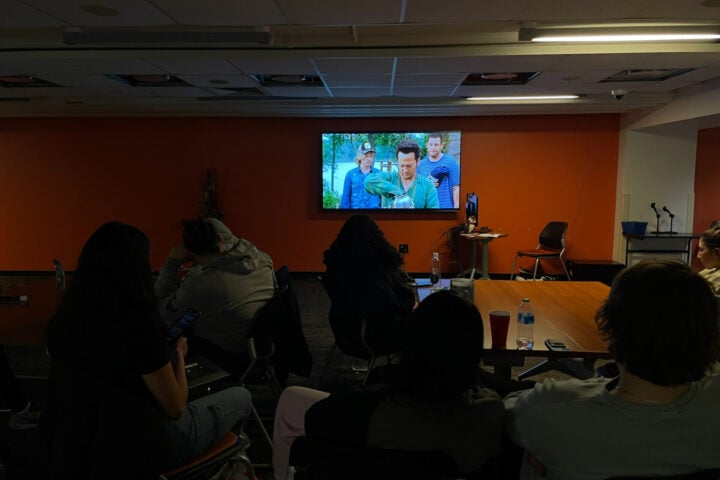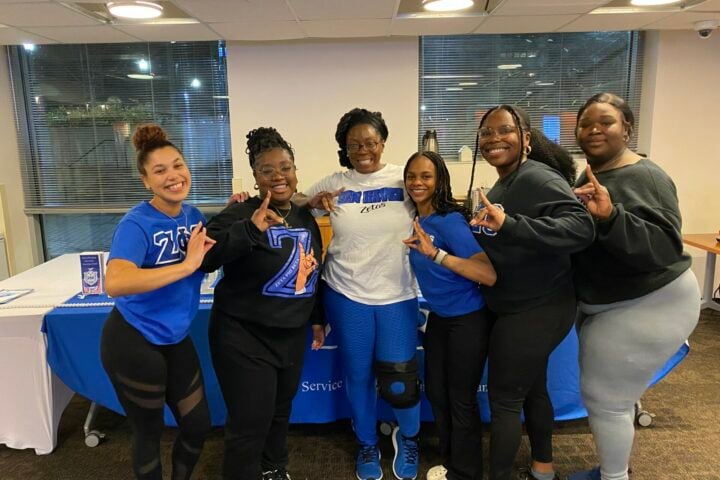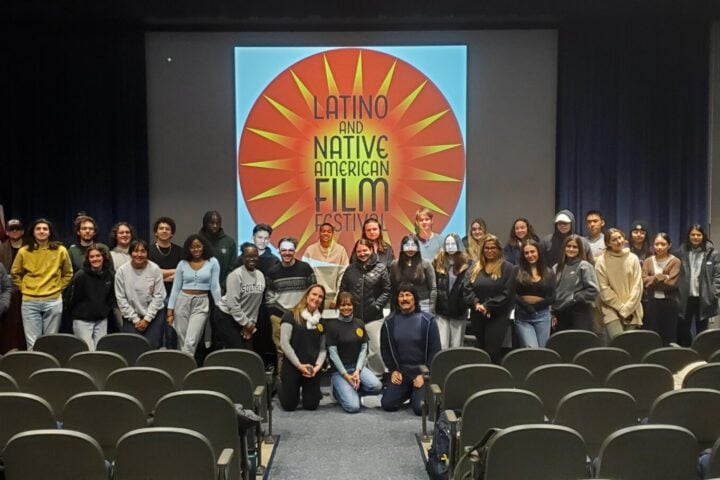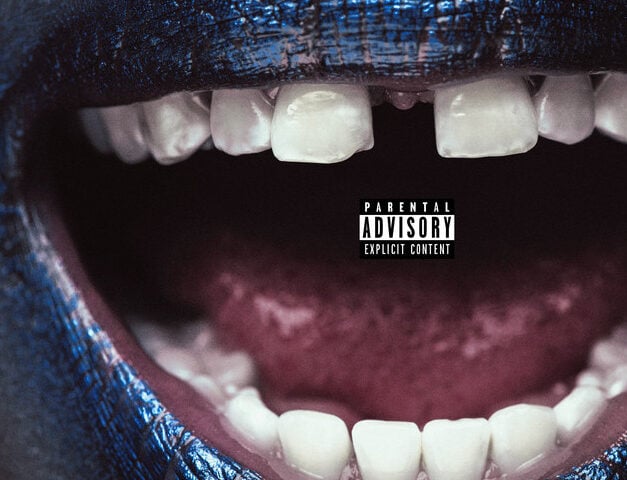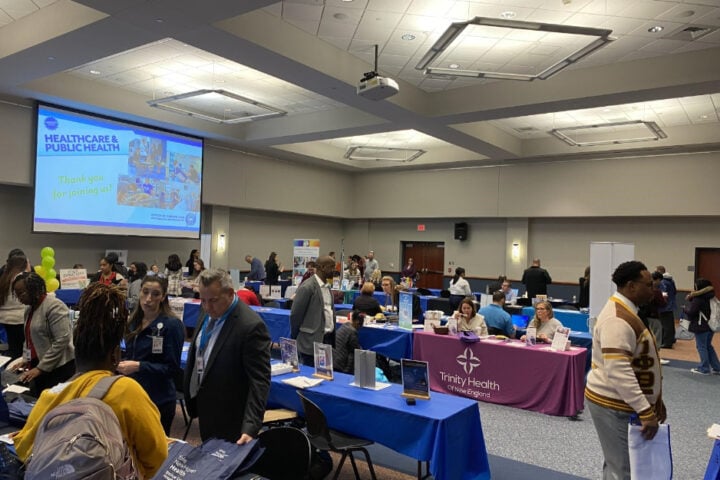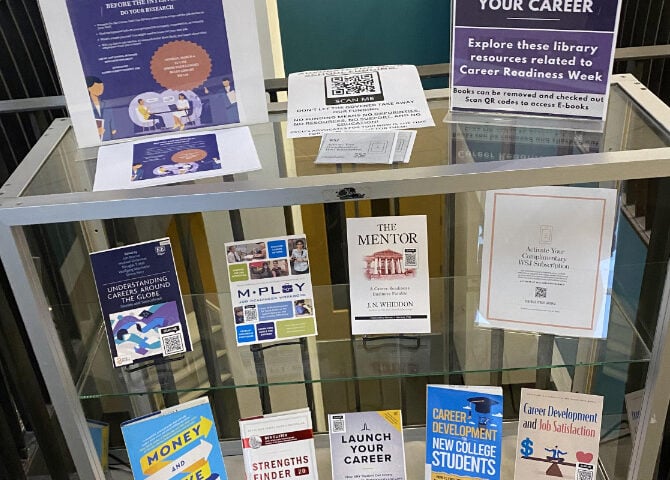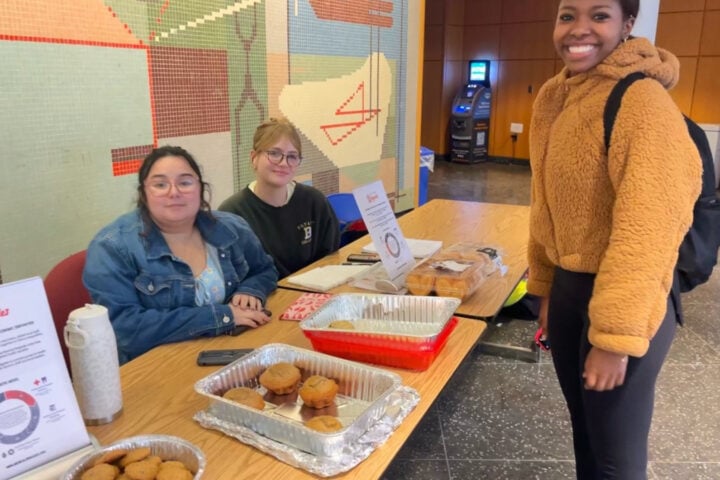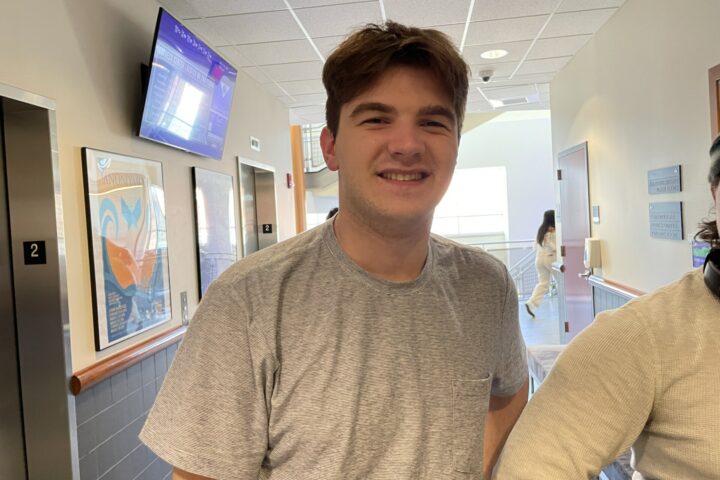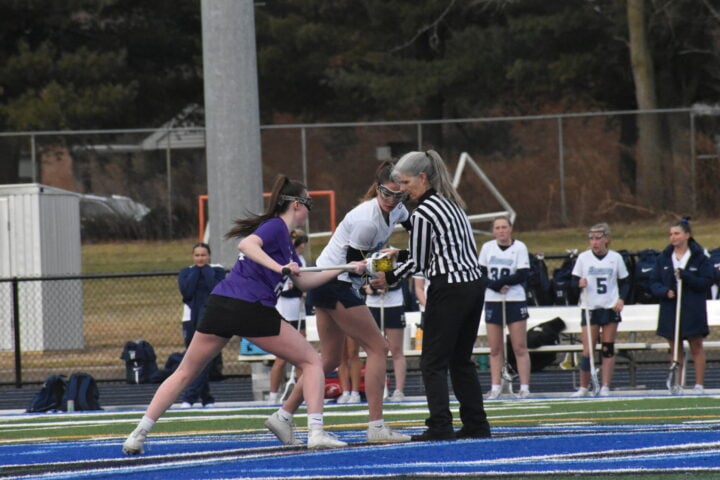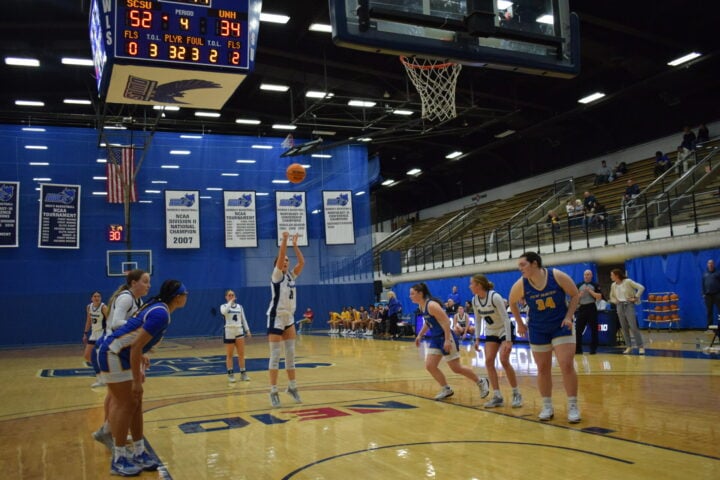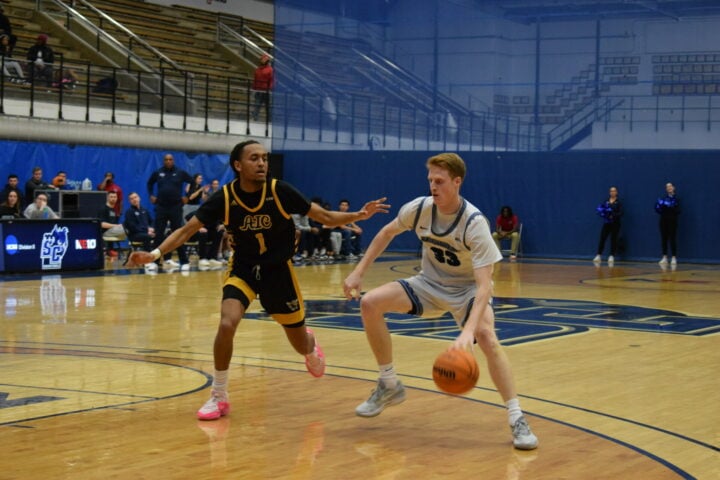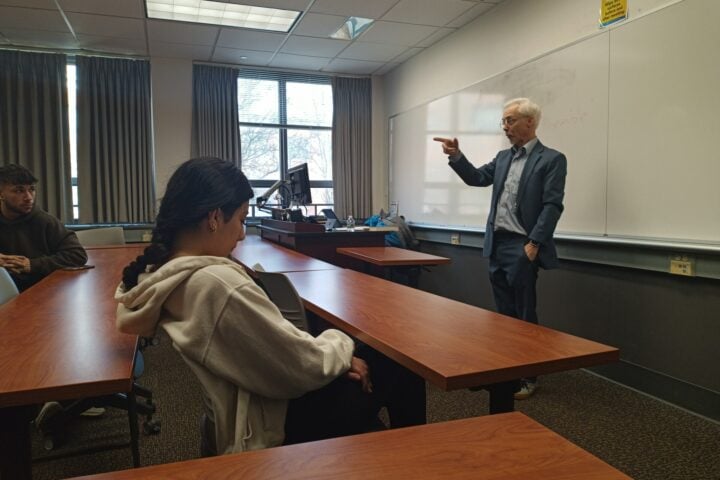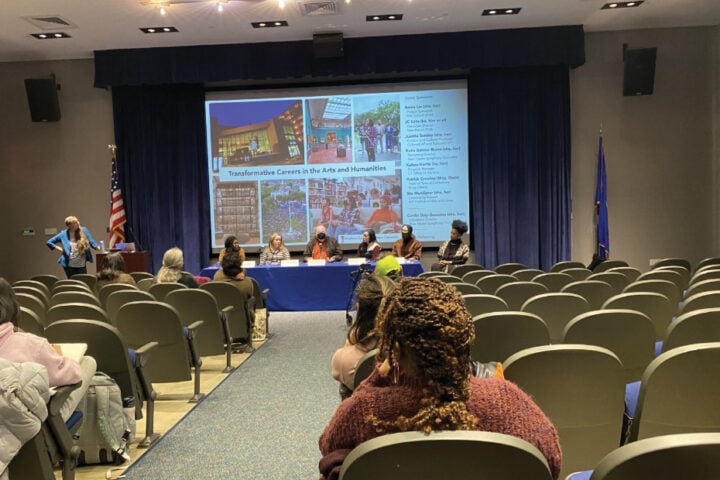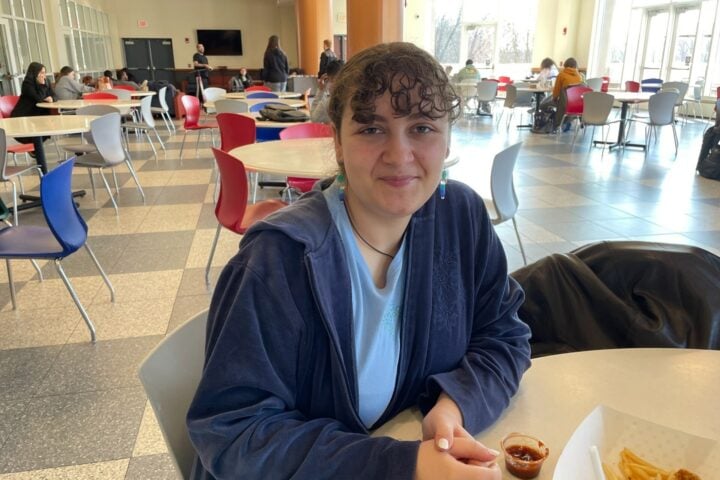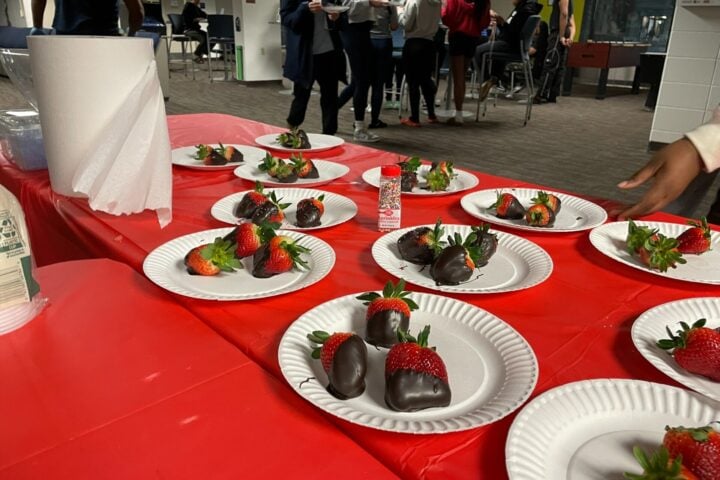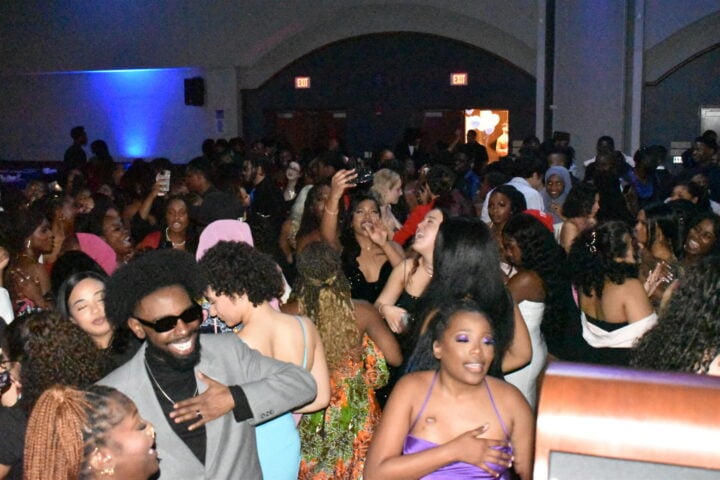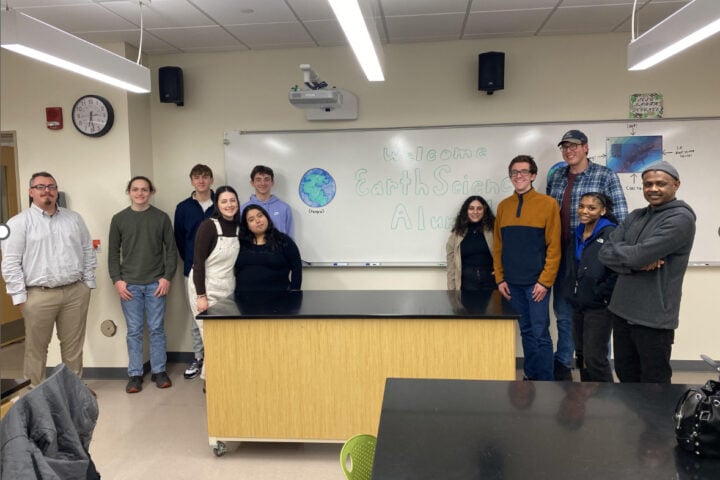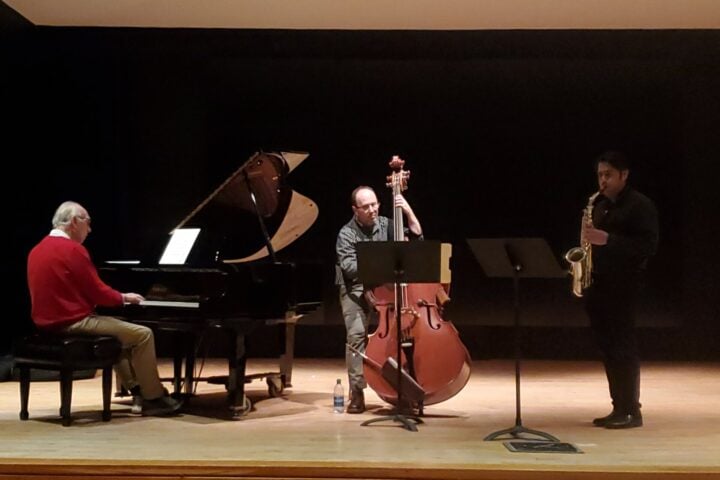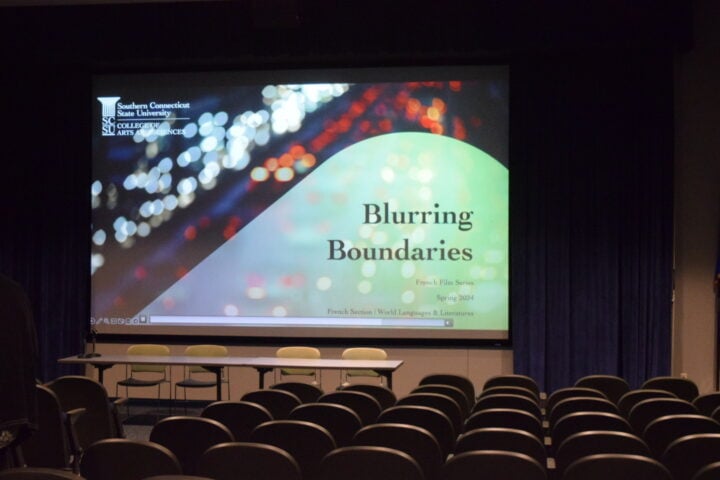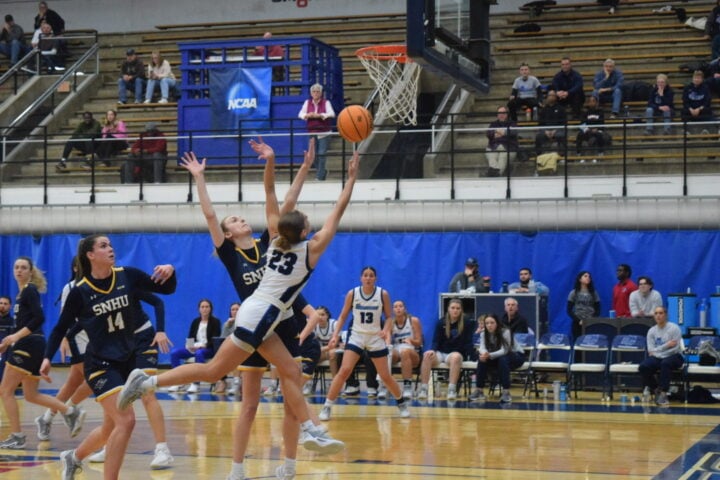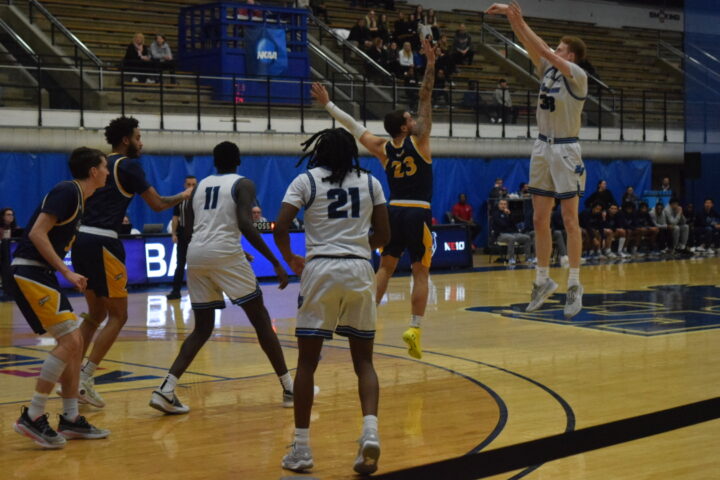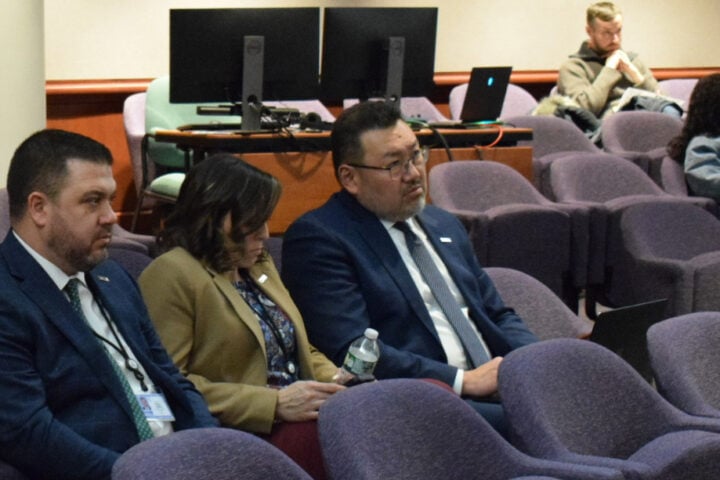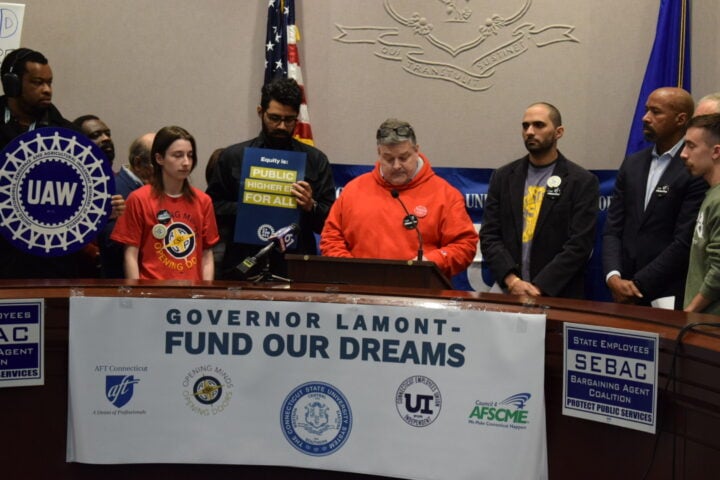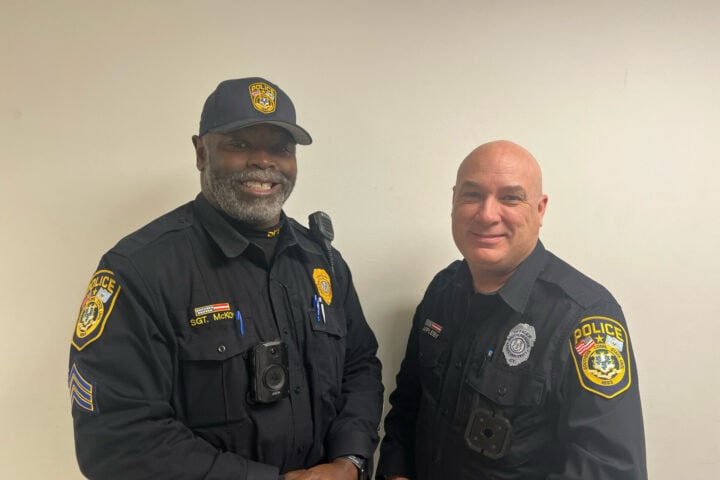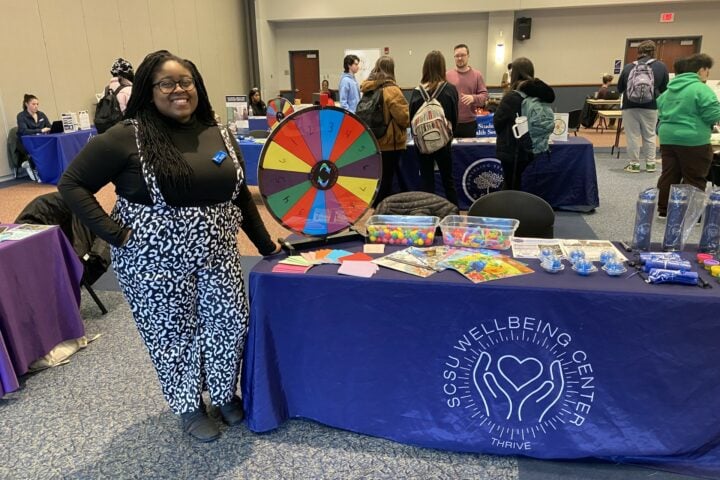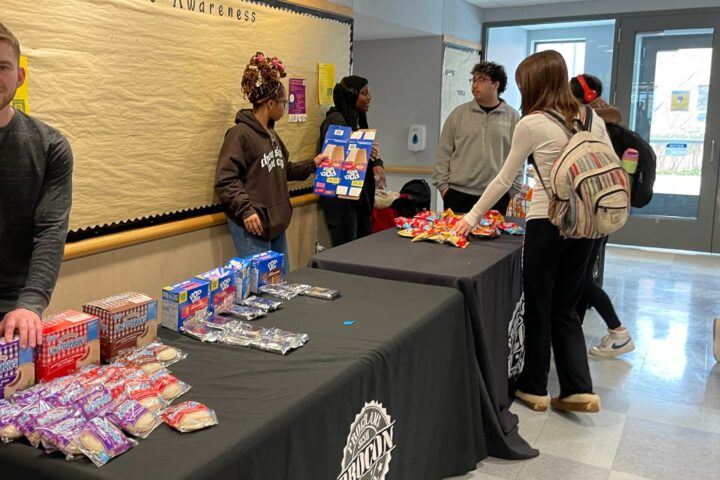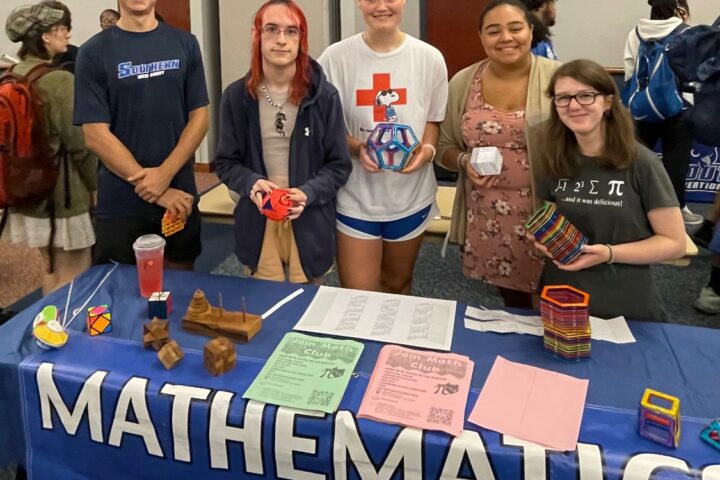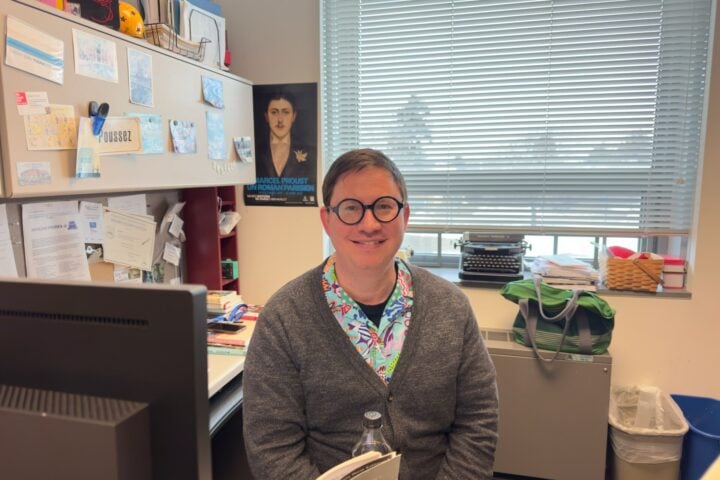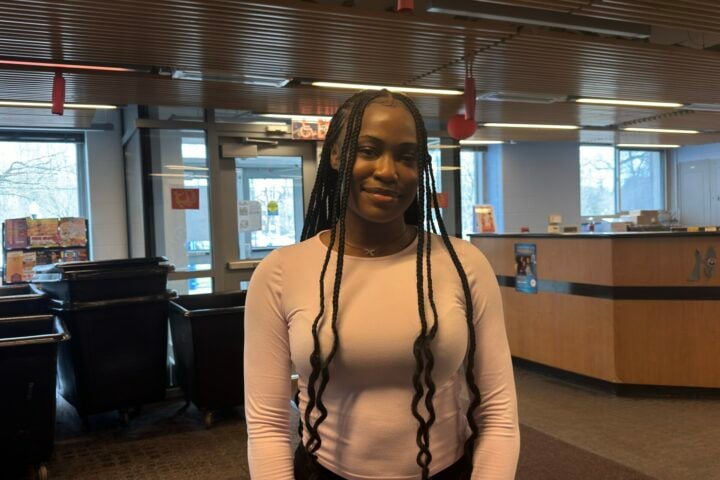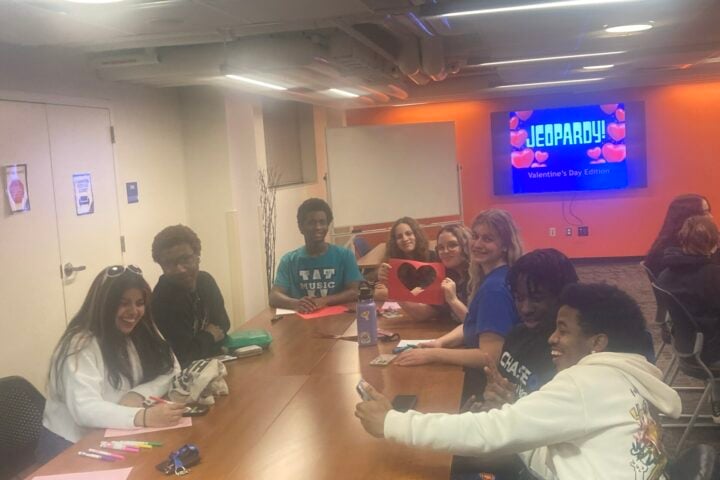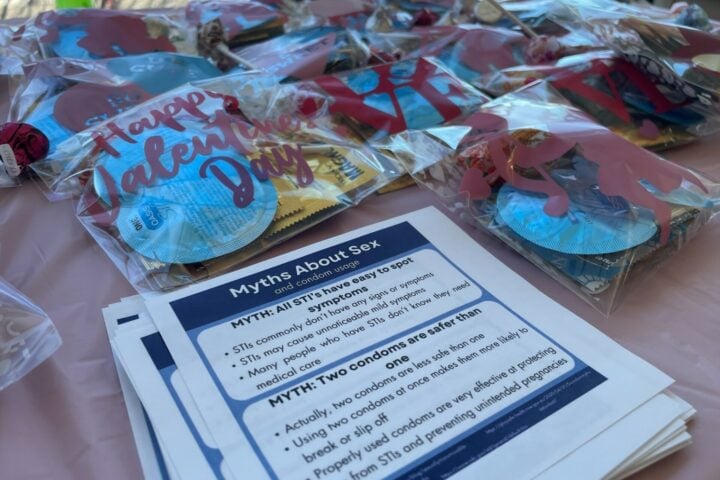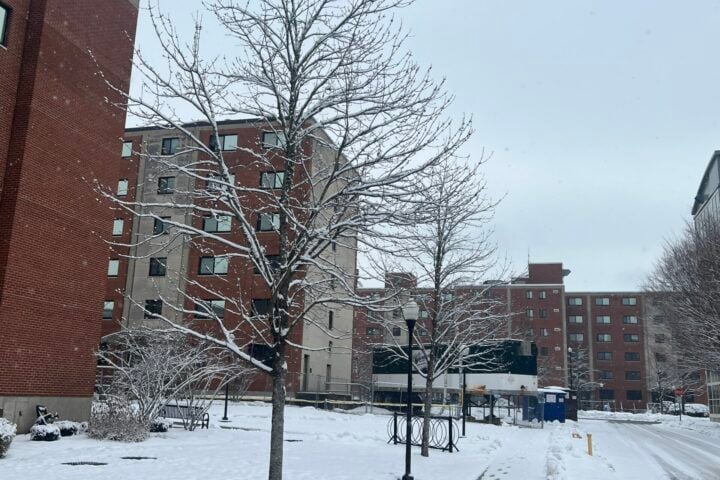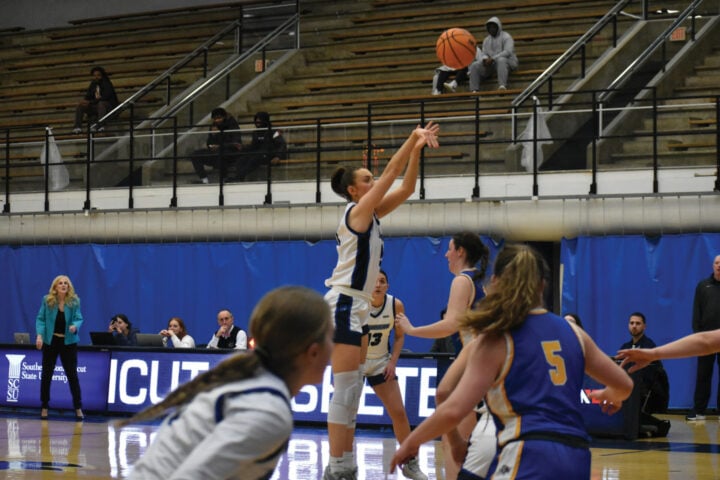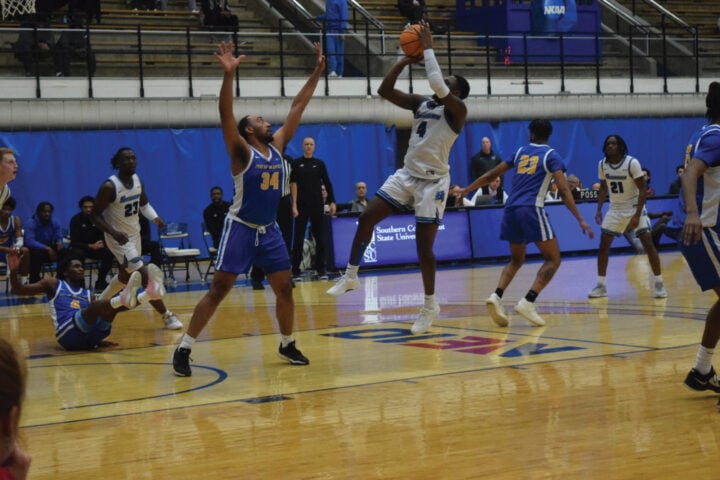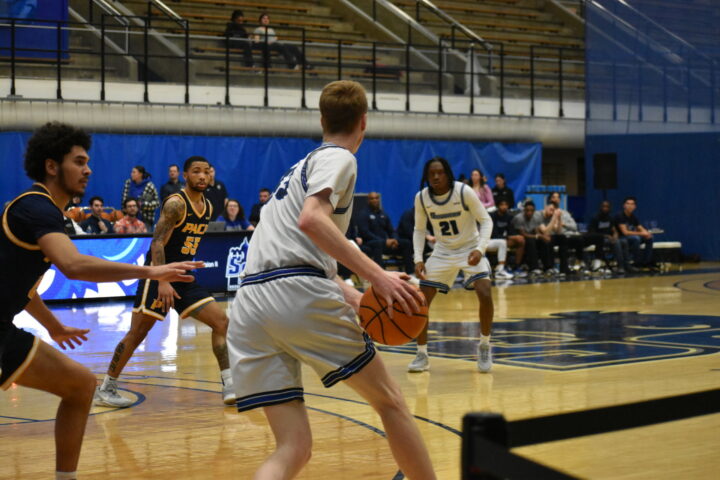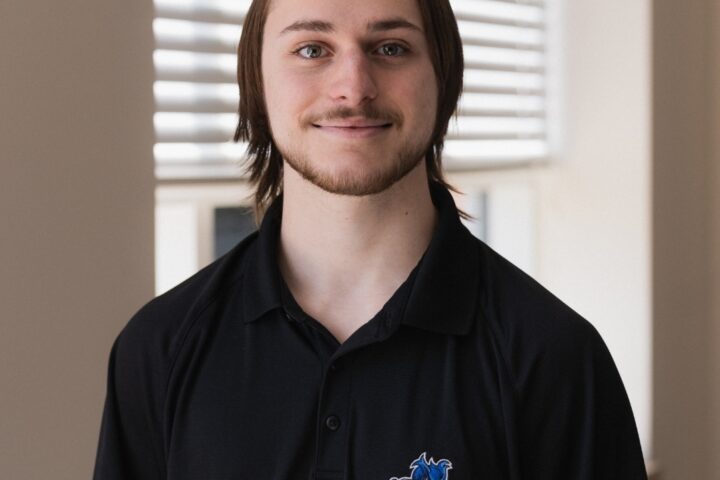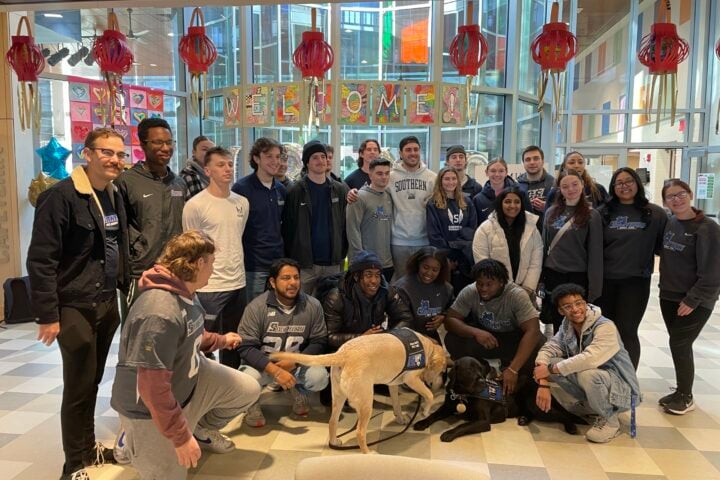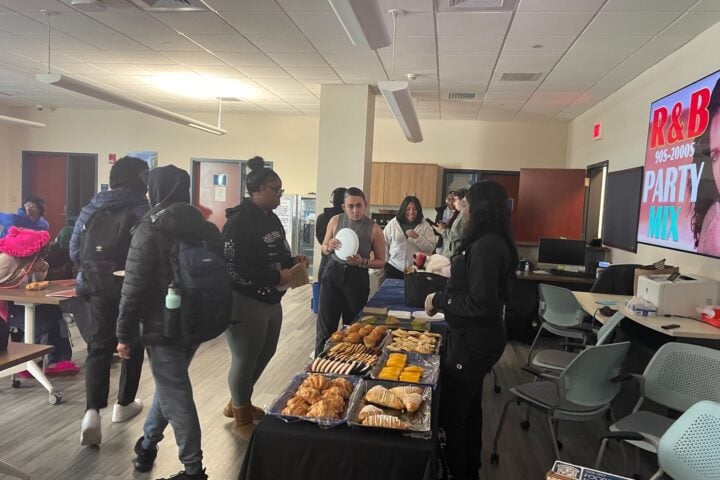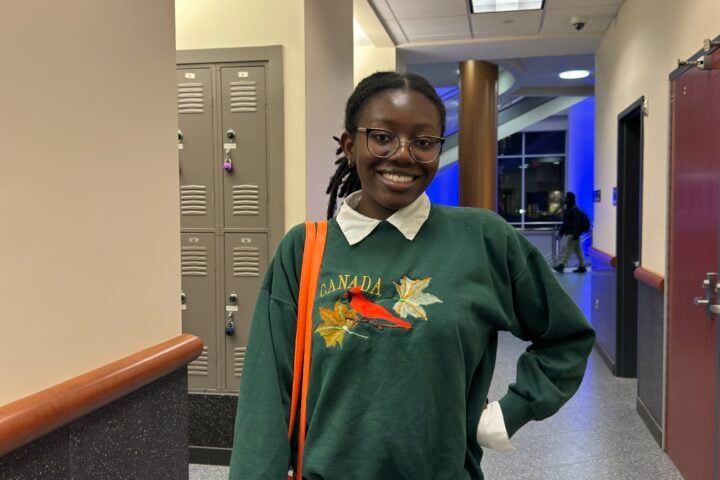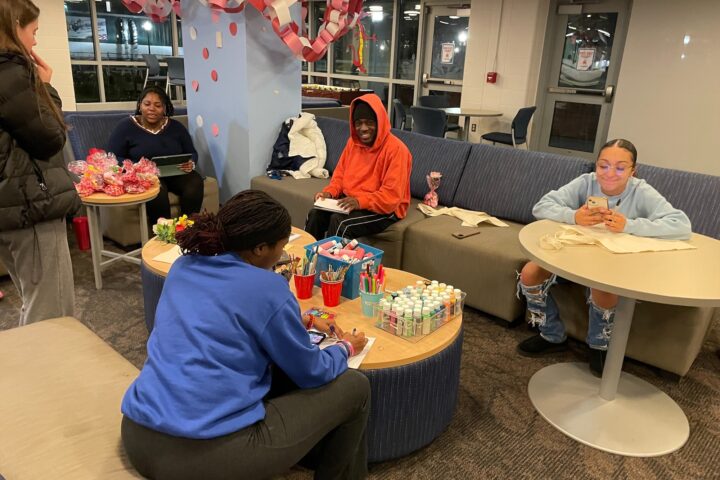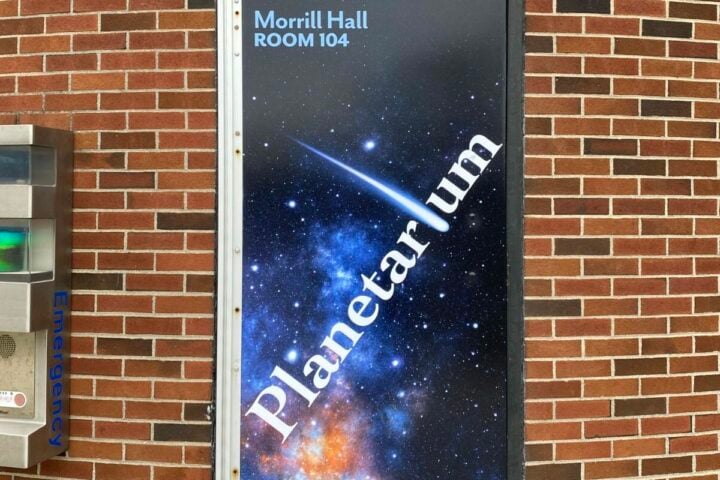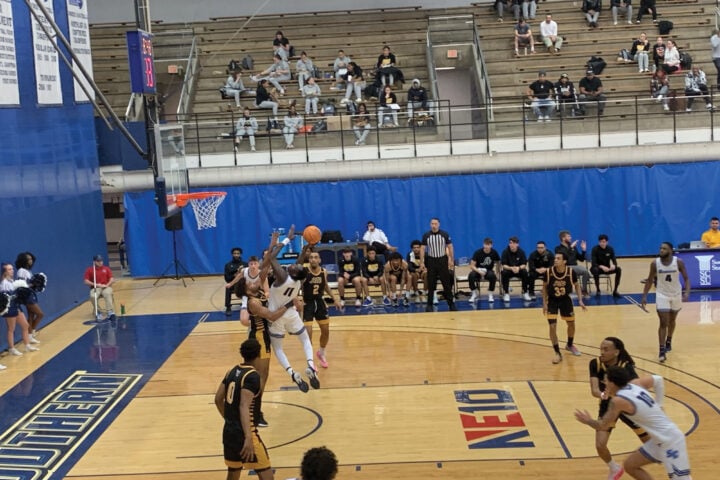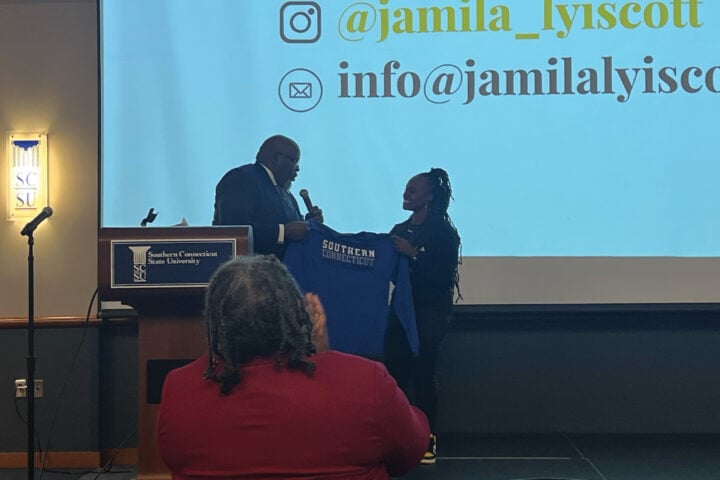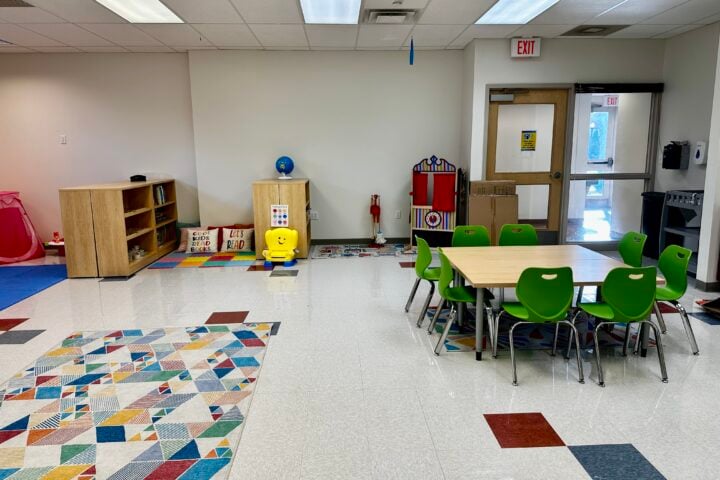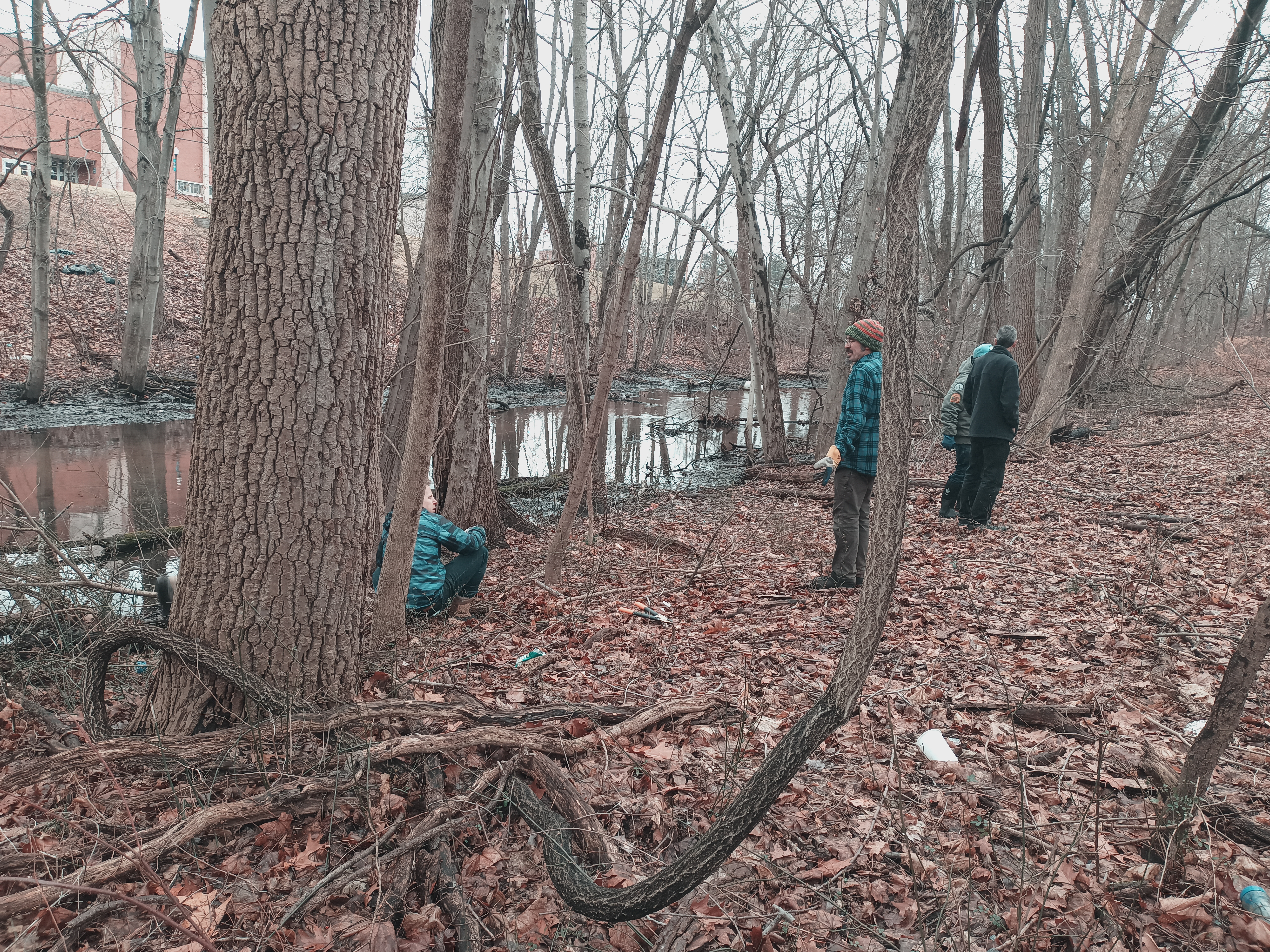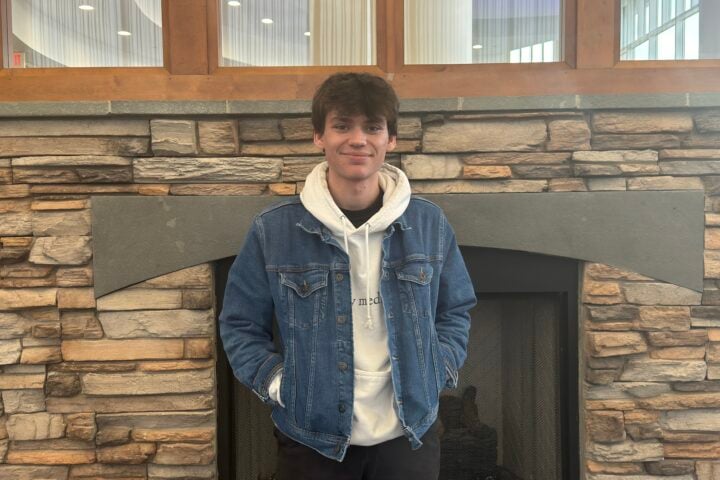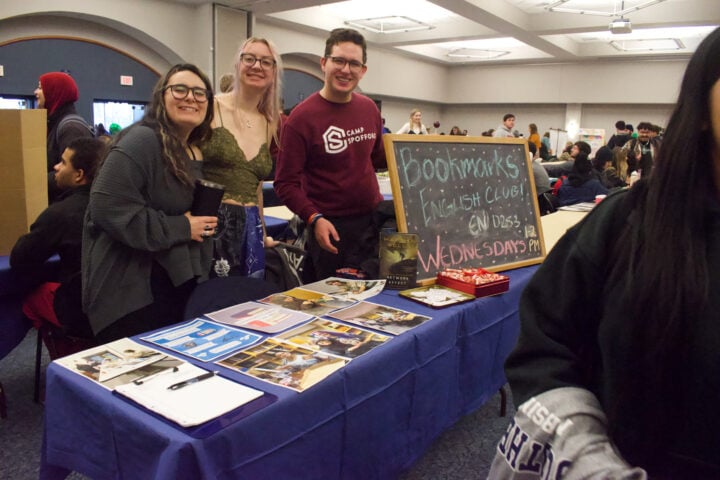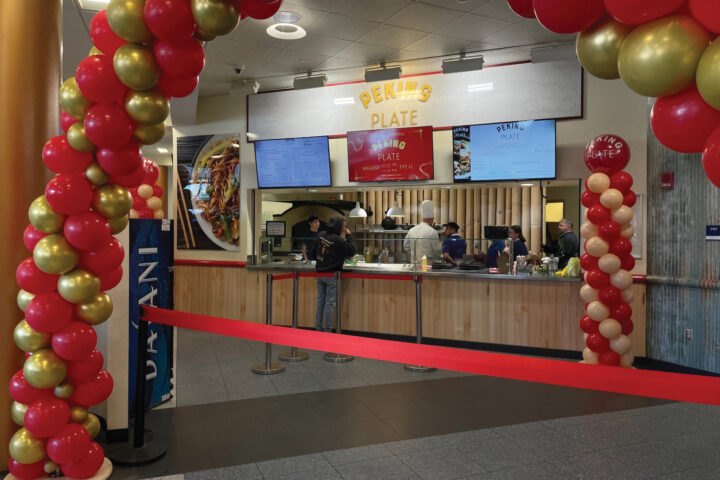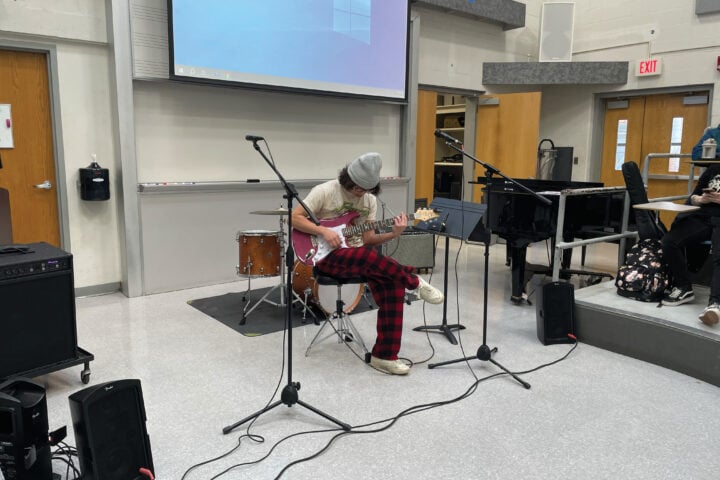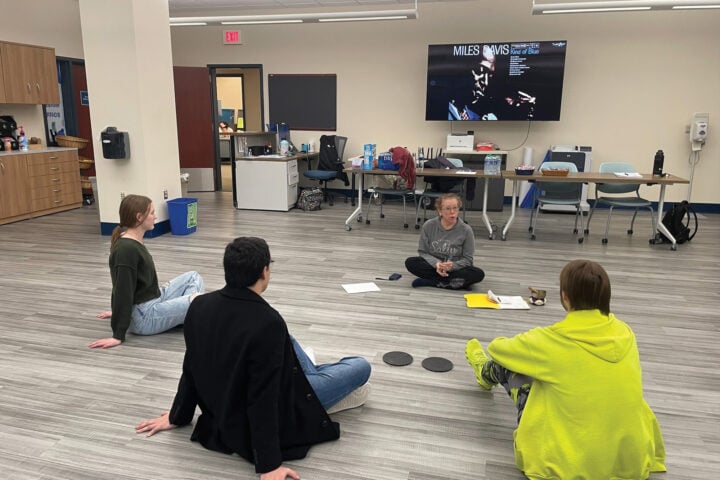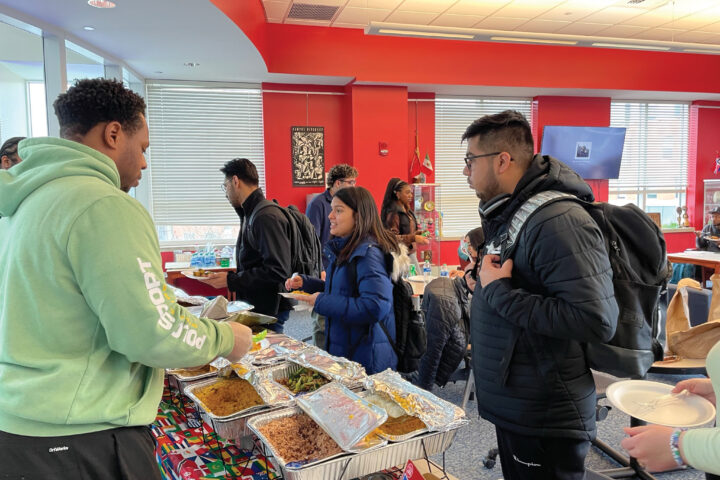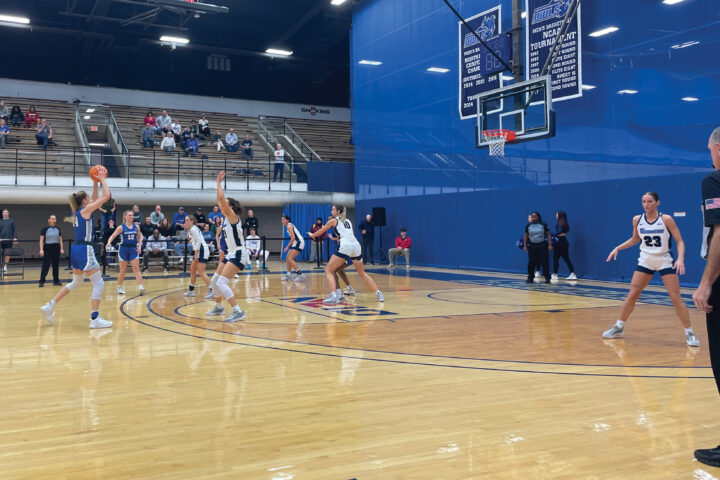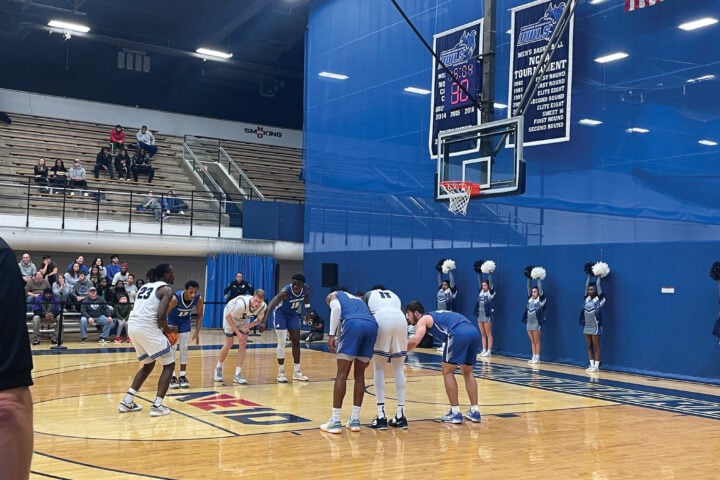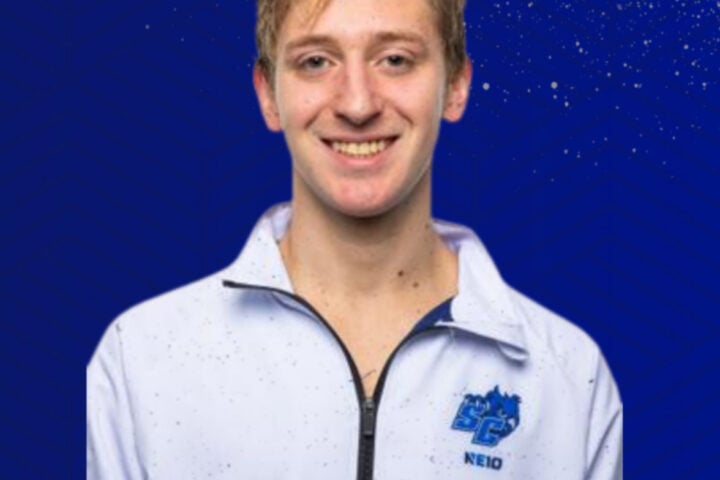Victoria Bresnahan – News Editor
Tamonda Griffiths – News Writer
The DFW rate—the number of students receiving D’s, F’s, or withdrawing— for the first year of Math 100P, or ALEKS, resulted in high numbers. According to data provided from the School of Arts and Sciences, the DFW rate of ALEKS, a one-semester course and web-based, artificially intelligent assessment and learning system, was set at 53 percent for fall ’17, and 58.6 percent in spring ’18. In fall 2017, the success rate, or students receiving a letter grade of A, B or C, was 46.5 percent, and 40.9 percent for spring 2018.
“When you combine Math 95 and Math 100 from years past, sadly the rates aren’t that out of line from what you are seeing now in comparison,” said Craig Hlavac, interim associate dean for the arts and sciences department. “So, this is not, I honestly don’t think that this is a problem that Math 100P and the computers have created. I think that this is a larger problem that we have to address.”
In addition, the data stated the DFW rate for Math 100, the other math pre-requisite course students can be placed into, was 48.7 percent for fall 2017 and 49.4 percent for spring 2018. The courses had a success rate of 51.2 percent and 49.4 percent respectively.
“The data is the data,” said Hlavac. “There [are] some differences between Math 100 and Math 100P. There are maybe a number of reasons of why that’s the case. One has a human factor and one doesn’t. So, one is being graded by a computer and one is being graded by a person.” The university, he said, does not find these DFW rates to be acceptable. “We really want to improve these rates just like anybody else,” said Hlavac
One tactic the university is considering in order to fix these rates is providing “professional development” to professors teaching the course. “There are best practices for what instructors in these courses should be doing,” said Hlavac, “and we want to make sure that all the instructors who are teaching these courses are aware of what those best practices are.”
According to Hlavac, the university is working to garner data collected from the ALEKS program to discern how to better address student’s issues.
“What we are trying to do is mine the ALEKS data to take a look at what topics and what areas are students across the sections struggling with at once,” he said.
By doing so, Hlavac said instructors can pinpoint which students need more help with specific topics, and then additional instruction can be offered to these students during the week.
In addition, the School of Arts and Sciences has asked a committee to review the math placement tests, he said.
“They are looking at how students are placing now into Math 100 [or] 100P or other math
courses to determine if that’s the way it should be happening,” said Hlavac, “[and] benchmarking other institutions in terms of their placements and policies; looking at how we should use standardized tests to place [as well].”
Mathematics Department Chairperson Leon Brin and Elizabeth Hart, math emporium coordinator, said they are looking to have all incoming freshman take an ALEKS placement test starting next fall semester.
“Having such a student body that’s so diverse,” said Hart, “which [is] wonderful, coming from so many different places really lends to the challenge of making sure that everyone who said they’ve done [a math course], has actually done that particular [course] and it means the same thing.”
The Mathematics Department is also reviewing the grading system for Math 100P.
In 2012, under Public Act 1240, Connecticut State Colleges and Universities institutions had to change the ways in which remedial courses were offered, according to Hlavac.
Prior to this change, students could be placed in a remedial non-credit math course, or Math 95, depending on their standardized test results, he said.
This course had to be taken to move onto Math 100, which then placed students into a university required math course, he said.
Now, state law requires only one for-credit intensive course may be taken by a student to access the college curriculum, he said—doing away with the non-credited course.
Math 100 or 100P and English 110 are the two courses a student may take to access the university requirements, he said.
However, Hlavac said some students are still enrolling into the university with placement and standardized test scores that show “deficiency,” he said.
“So, you’ve got a very wide range of folks placing into both of these areas,” said Hlavac. “Either with a writing deficiency or a math deficiency. So, if you imagine you have some that may be struggling with a whole number of topics.”
Brin said the Mathematics Department did not think they could replace the two courses with a standard lecture course and achieve their goals.
He said there are three lines of teaching involved in ALEKS; the program, peer mentors and instructors, and the Academic Success Center.
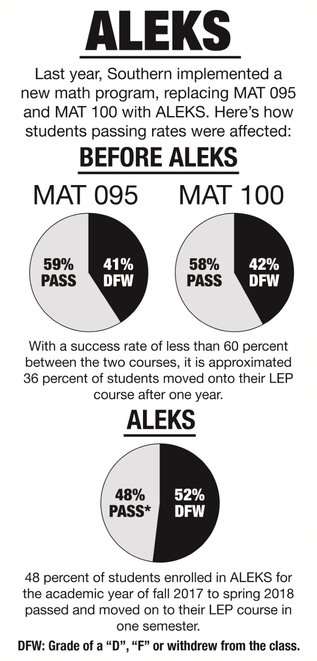
“ALEKS is the teacher,” said Brins. “It’s not the student teaching themselves it’s ALEKS teaching them.”
Hart said the one-on- one, immediate feedback allows students to figure out sooner rather than later, “what’s going right, what’s going wrong.”
Hart said one thing students find most difficult about ALEKS is it can be a hard transition for students who are “used to sort of being led the whole way.”
Hart said students have to be proactive and take initiative to read through the rules and understand the structure of the ALEKS program.
Math Emporium tutor Keith Williams said he thinks the program is based on self-teaching.
“I think for some students this program is perfect because they’re more – they’re able to teach themselves, at their own pace,” said Williams. “But for the majority, I don’t think it’s – it works out that well because if they’re here, chances are they’re already not that good at math, to begin with.”
Williams said there is a good combination of teacher involvement, but the primary teaching source is ALEKS.
Aleesa Martins, a freshman and studio art major, said she prefers being in a classroom with a teacher.
“I honestly feel like I haven’t really learned anything, it’s more like a review,” said Martins.
Martins said with a teacher as the primary instructor it is easier to understand concepts. She said with ALEKS the explanations are more technical not simplified.
Freshman and pre- nursing major Beth Parys said she personally does not find the ALEKS program hard.
Parys said she finds the “self-learning” or “self-paced” style of the program to be helpful as she does not have to wait on classmates who may not move at the same pace as her.
Photo Credit: Tamonda Griffiths






















